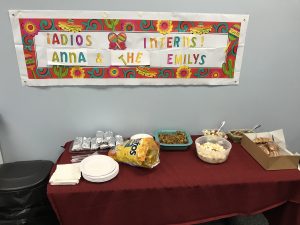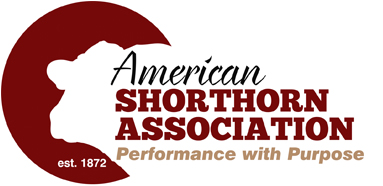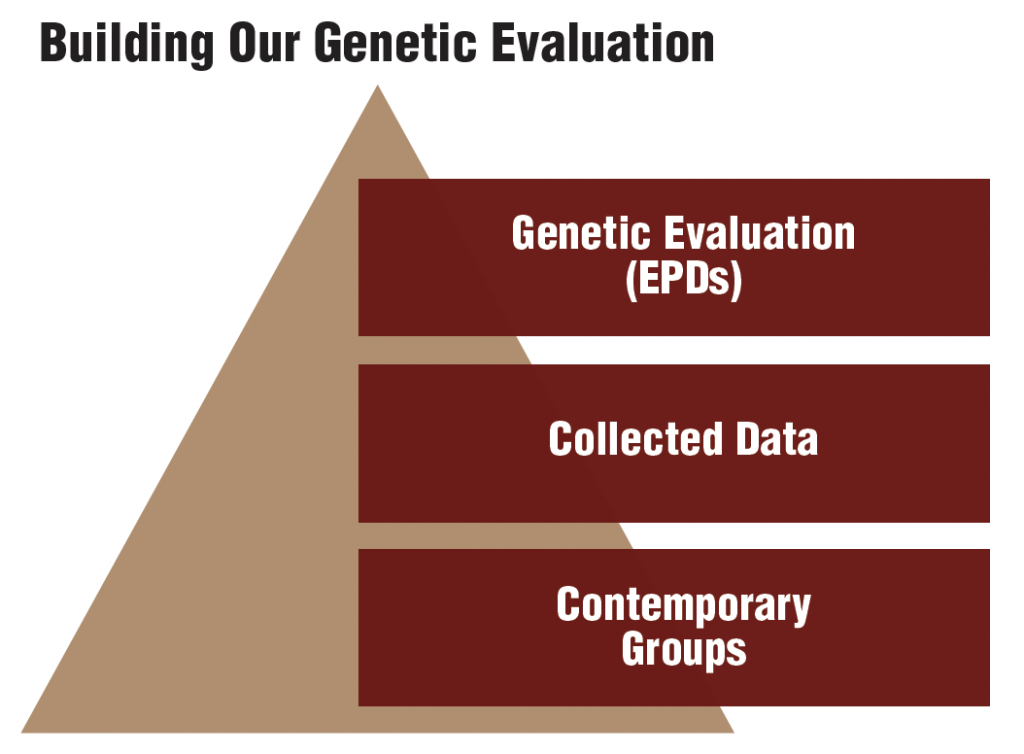
College can be overwhelming and stressful at points. Here are some of our tips to make sure you have a successful semester at college.
- Get involved.
There is an organization for everyone at college. Try out several organizations and find a couple that fit for you. Getting involved in organizations within your major is a great way to make connections with other students, faculty and even alumni. Be careful because it is easy to get over involved — make sure to find a few organizations that work with your schedule.
- Get to know your professors and faculty within your department.
Getting to know those involved in your department can open a lot of doors for you. Professors are more likely to lend a helping hand to a familiar face, whether it be with class-related things or helping with connections. If you can, try to sit in the front row of your classes so professors get used to seeing your face and notice your presence!
- Take advantage of a free meal when you can get it.
You would be surprised with how many free meals you can get in college! My freshman year I was living on campus and at least once a week (normally more) there would be an organization giving out free pizza or social nights with free ice cream. Definitely take advantage of these! Money will get tighter during your college days, so anything free is a plus and it’s also a great way socialize.
- Learn your way of studying.
Studying can be difficult, especially if you never had to study in high school. It is important to find your way of studying early on in your college career. This might be reviewing before you go to each class, or maybe it’s making flashcards. Find a strategy that works for you that you can stick with.
- Study abroad.
Studying abroad is a great opportunity to get out of your comfort zone, while also experiencing different cultures. Study abroad agricultural programs allow you to experience different scales of agriculture and production methods you are unfamiliar with. You would be surprised with how different the world varies in agricultural practices.
- Attend networking events.
Networking can often seem intimidating and nerve-racking, but it is an essential skill to learn. Try attending events as soon as you can, even as a freshman, so you can practice your skills connecting with others. If your school hosts career fairs, attend and talk to recruiters for practice, even if you aren’t looking for a job right away. This will make you feel more comfortable in the future when you begin seriously looking for a job.
- Find a balance.
This can make or break you when you go to college. You need to figure out how to balance schoolwork with social life, working, and trying to stay healthy. It’s not always easy, but once you adjust to being on your own and making your own choices you’ll be fine!
- Sleep is important.
Sometimes you can get so overwhelmed with school, work, activities and studying you forget an important factor in it all: sleep. All-nighters are necessary at some points, but not constantly. Know the amount of sleep you need to be productive during the day.
- Find a buddy in each class.
This can be the most important one at times. You never know when you’ll need to miss class and notes. Also, study buddies are a great reso
urce to learn from each other.
- Your friends will change, and that’s okay.
It’s important to know you may not stay best friends with people you grew up with just because you go to the same college. Do try to stay in contact and don’t forget about your hometown friends, but don’t be afraid to branch out and be open minded to making new friends.
 Today marks the last day of our internship here in Kansas City. It’s been a whirlwind of a time learning about the association, working with junior members and planning Junior Nationals and the IGS Summit. These summer months have flown by and we are going to miss all of the staff members in the office, but we are leaving with some great memories and experiences. Working in a breed association has been the perfect opportunity to help us grow in our professional skills and give us a look into career possibilities. Everyone in the office has been so welcoming and helpful, and we are grateful for the friendly atmosphere we were able to work in.
Today marks the last day of our internship here in Kansas City. It’s been a whirlwind of a time learning about the association, working with junior members and planning Junior Nationals and the IGS Summit. These summer months have flown by and we are going to miss all of the staff members in the office, but we are leaving with some great memories and experiences. Working in a breed association has been the perfect opportunity to help us grow in our professional skills and give us a look into career possibilities. Everyone in the office has been so welcoming and helpful, and we are grateful for the friendly atmosphere we were able to work in.




![[ Random Image ]](/wp-content/themes/shorthorn/headers/header10.jpg)




